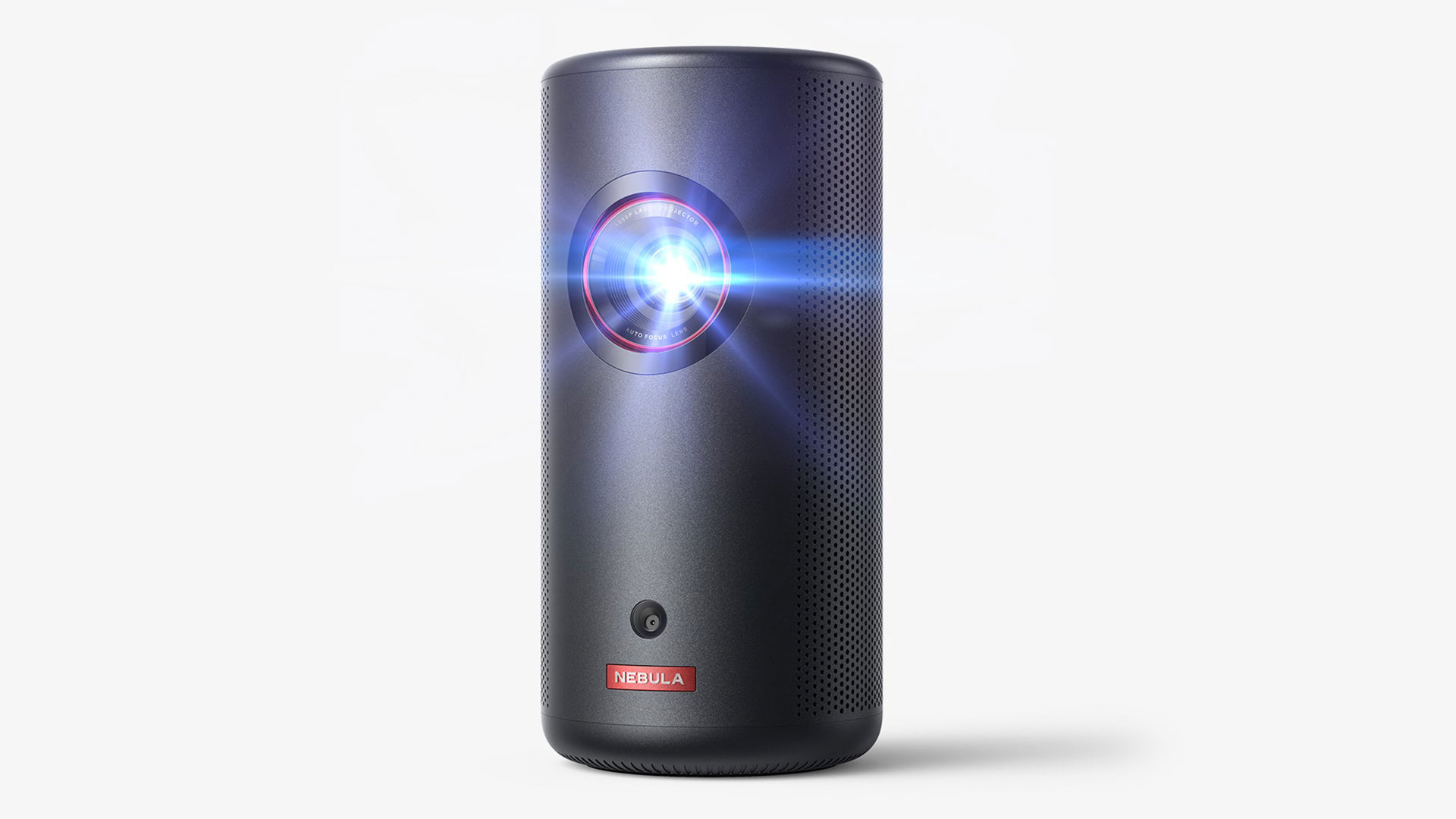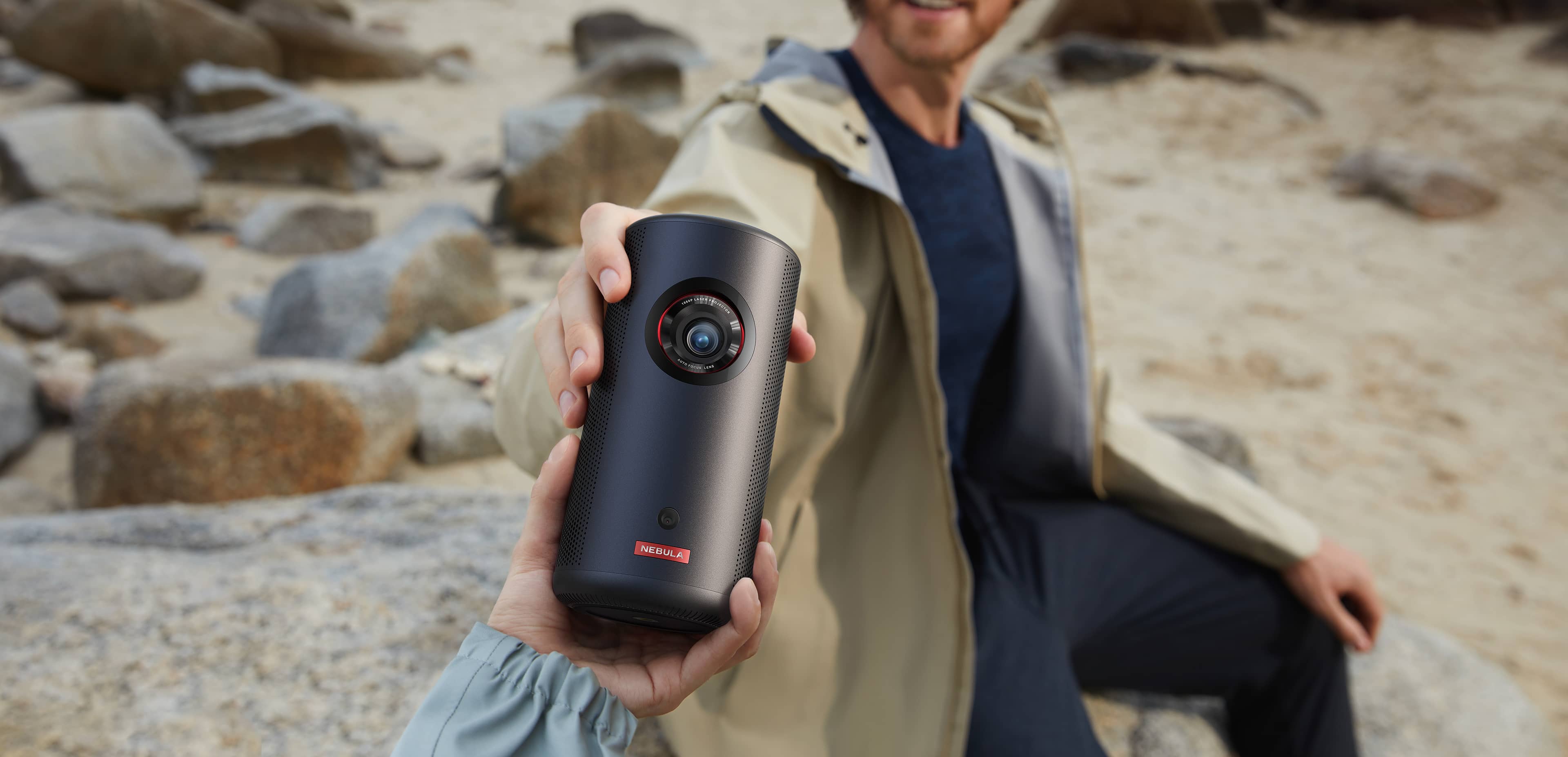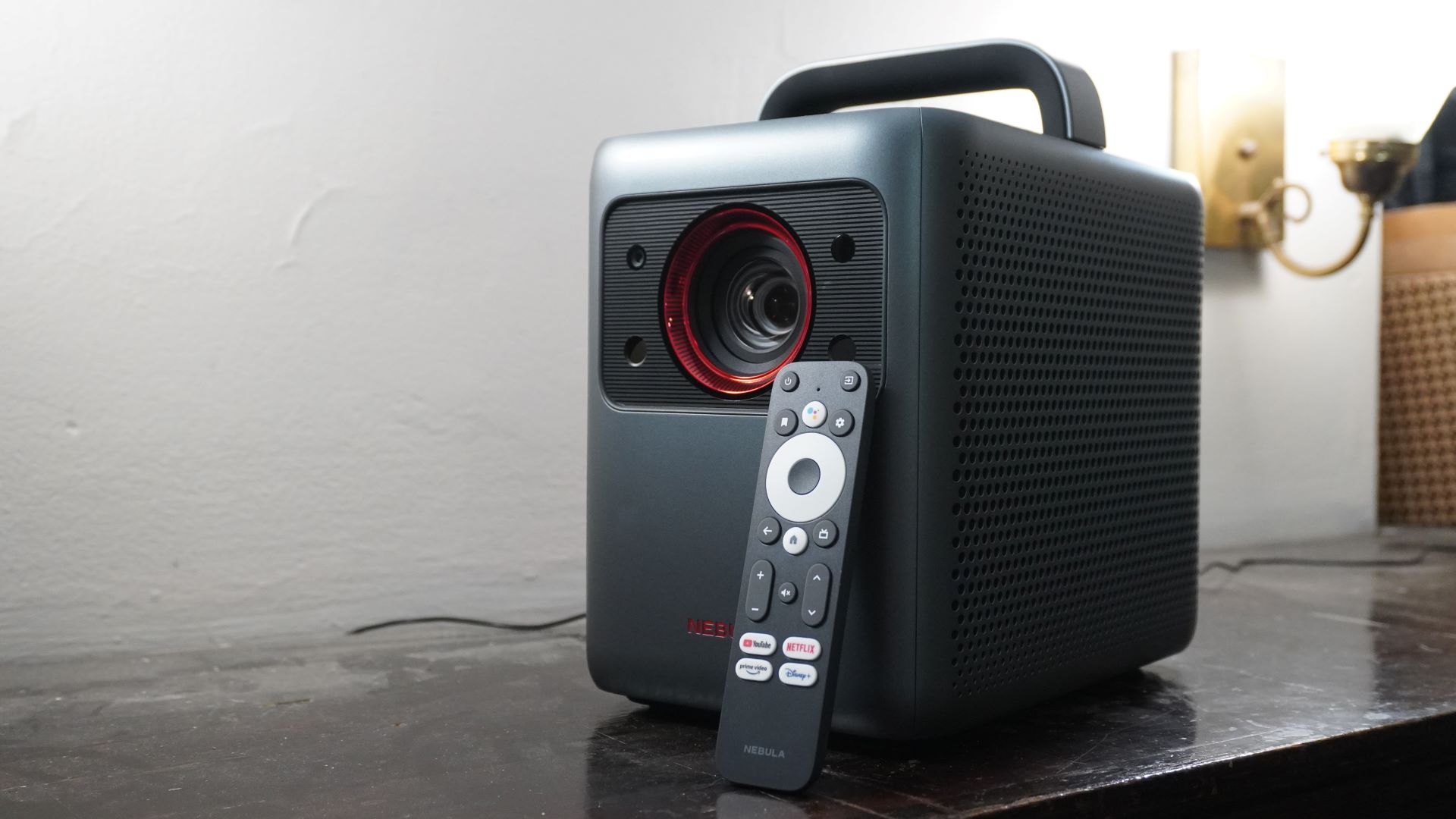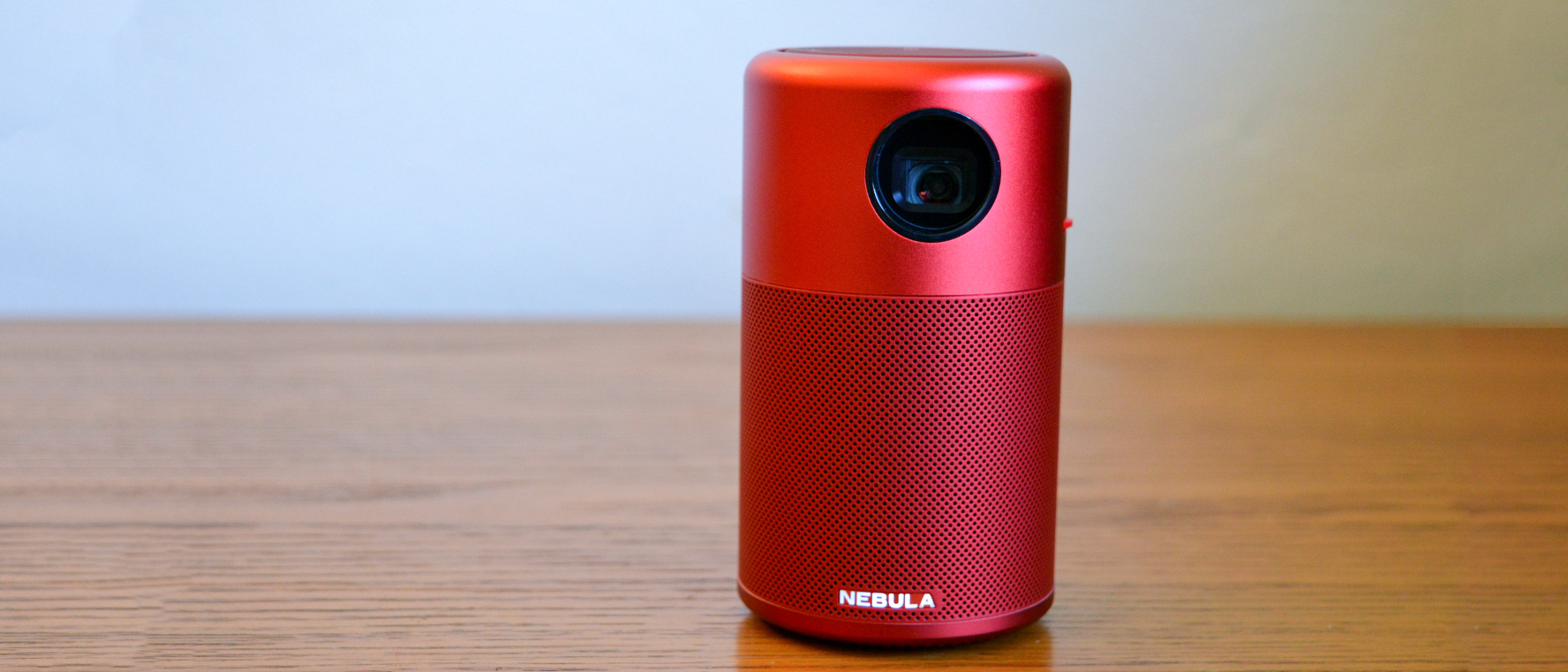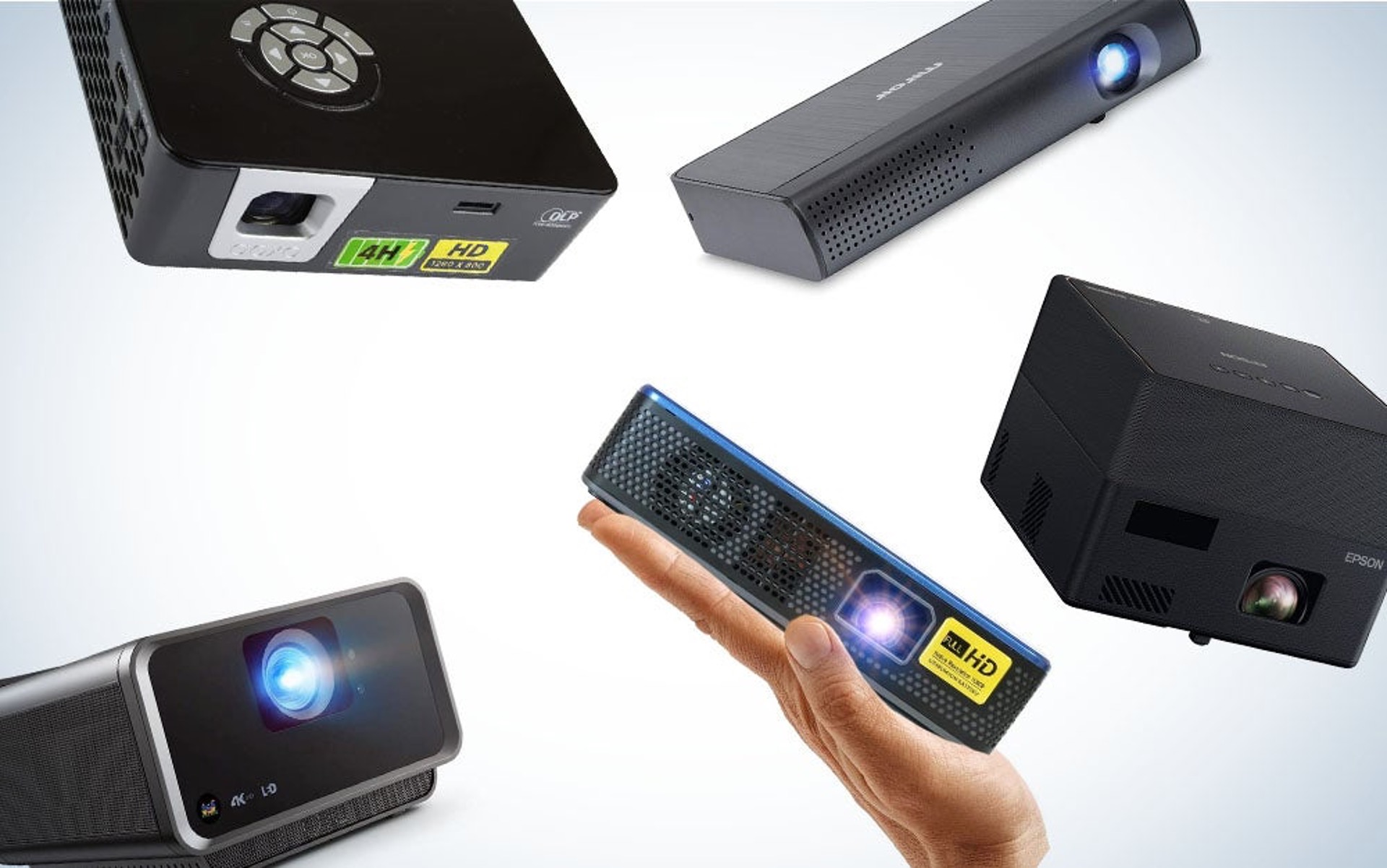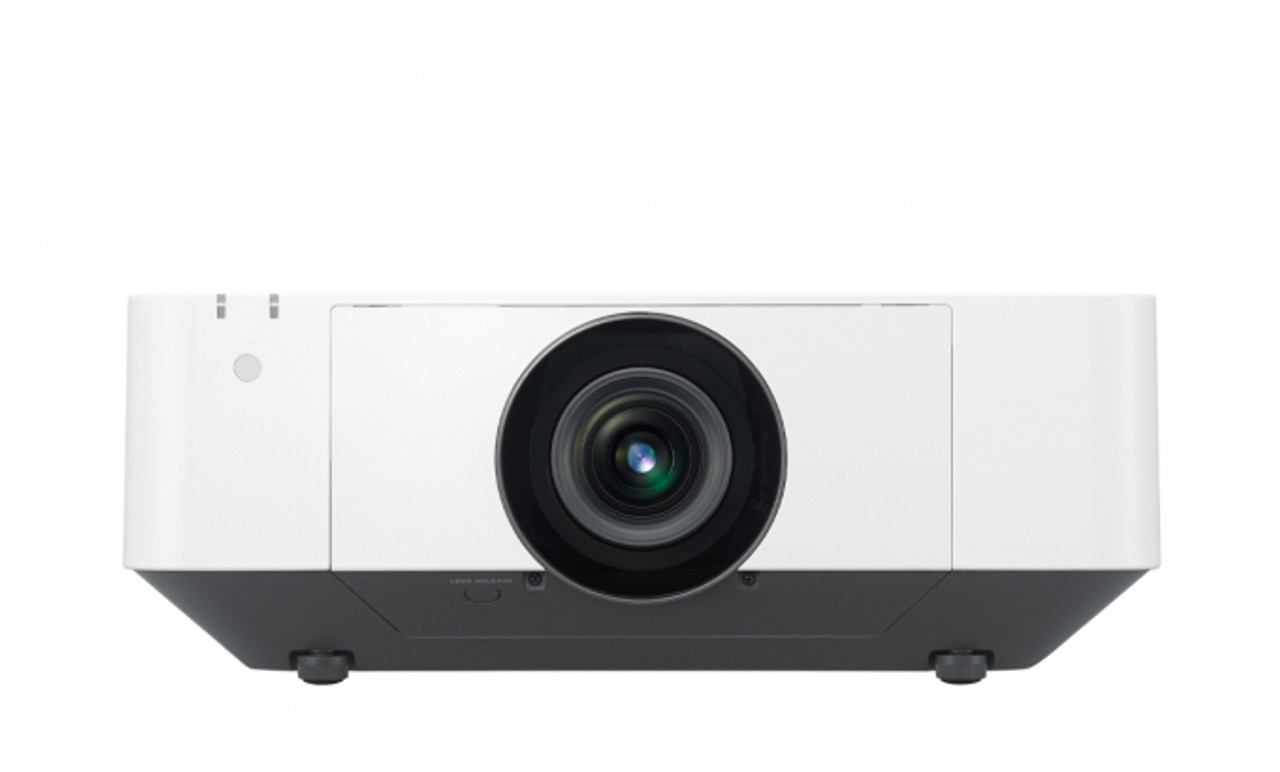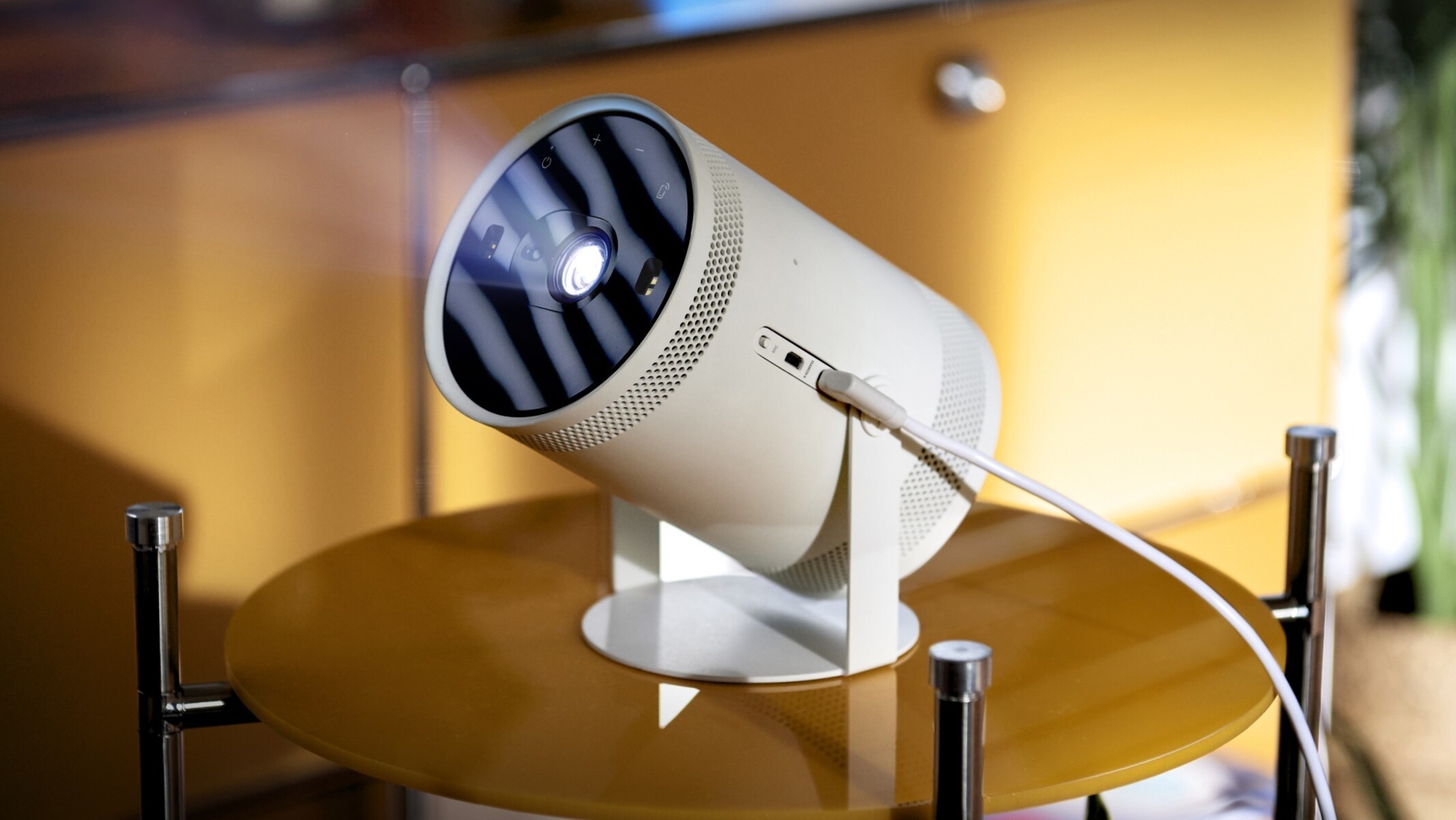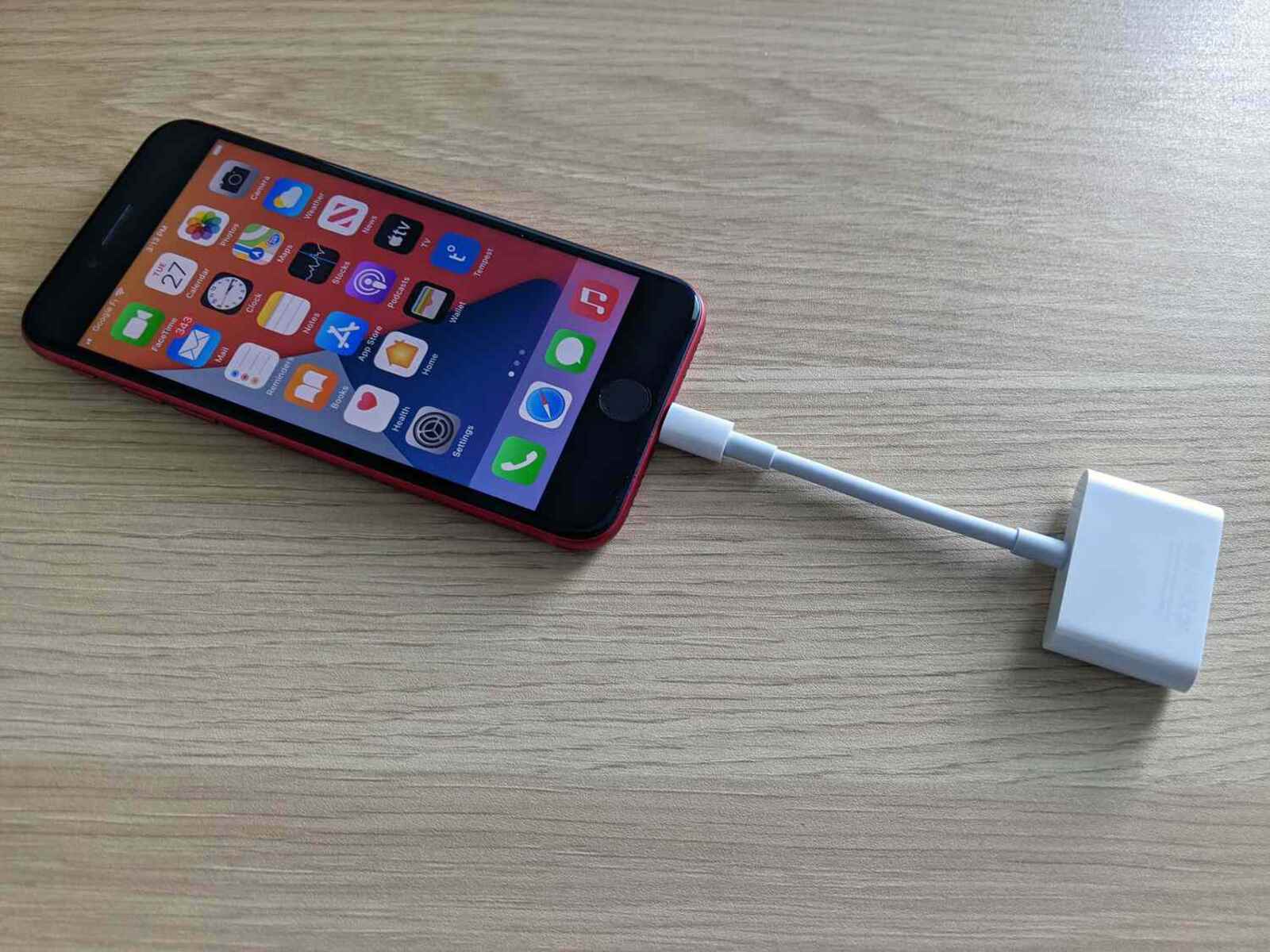For years, I’ve been a proud member of the “I don’t own a TV” club. But as technology continues to evolve, the line between traditional television and other viewing options has become increasingly blurred. As a result, I found myself contemplating the idea of a projector as a potential alternative to a standard TV setup. After careful consideration, I decided to explore the Anker Nebula Capsule 3, a compact and portable projector that promises to deliver a big-screen experience without the need for a dedicated television.
Key Takeaway
The Anker Nebula Capsule 3 offers a portable and user-friendly alternative to traditional televisions, providing a compelling home entertainment solution for those seeking a versatile viewing experience.
Exploring the Shift from Traditional Television to Projectors
Over the past decade, advancements in digital media have transformed the way we consume entertainment. From movies to live sports, the shift towards digital viewing experiences has been undeniable. As someone who has primarily relied on laptops and tablets for home entertainment, the idea of embracing a projector as a television replacement seemed increasingly appealing. The Anker Nebula Capsule 3, in particular, caught my attention due to its compact design and user-friendly features.
Unveiling the Anker Nebula Capsule 3
Upon testing the Anker Nebula Capsule 3, I discovered a device that offered a compelling blend of portability and performance. Priced at $800, this projector boasts a compact form factor comparable to a soda can, making it a convenient option for users seeking a versatile home entertainment solution. Equipped with a Bluetooth speaker and built-in Chromecast, the Capsule 3 provides a seamless viewing experience, albeit with certain limitations, such as the need for a completely dark room for optimal image quality.
Is the Anker Nebula Capsule 3 Worth the Investment?
While the Anker Nebula Capsule 3 presents a compelling alternative to traditional televisions, it’s essential to weigh the pros and cons before making a purchasing decision. With a price tag of $800, it’s positioned as a potential television replacement rather than a secondary screen. Its portability and ease of use make it an attractive option for those seeking a versatile viewing experience without breaking the bank. However, the need for complete darkness and occasional calibration adjustments may deter some users.







